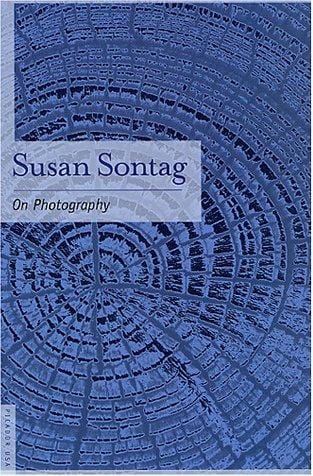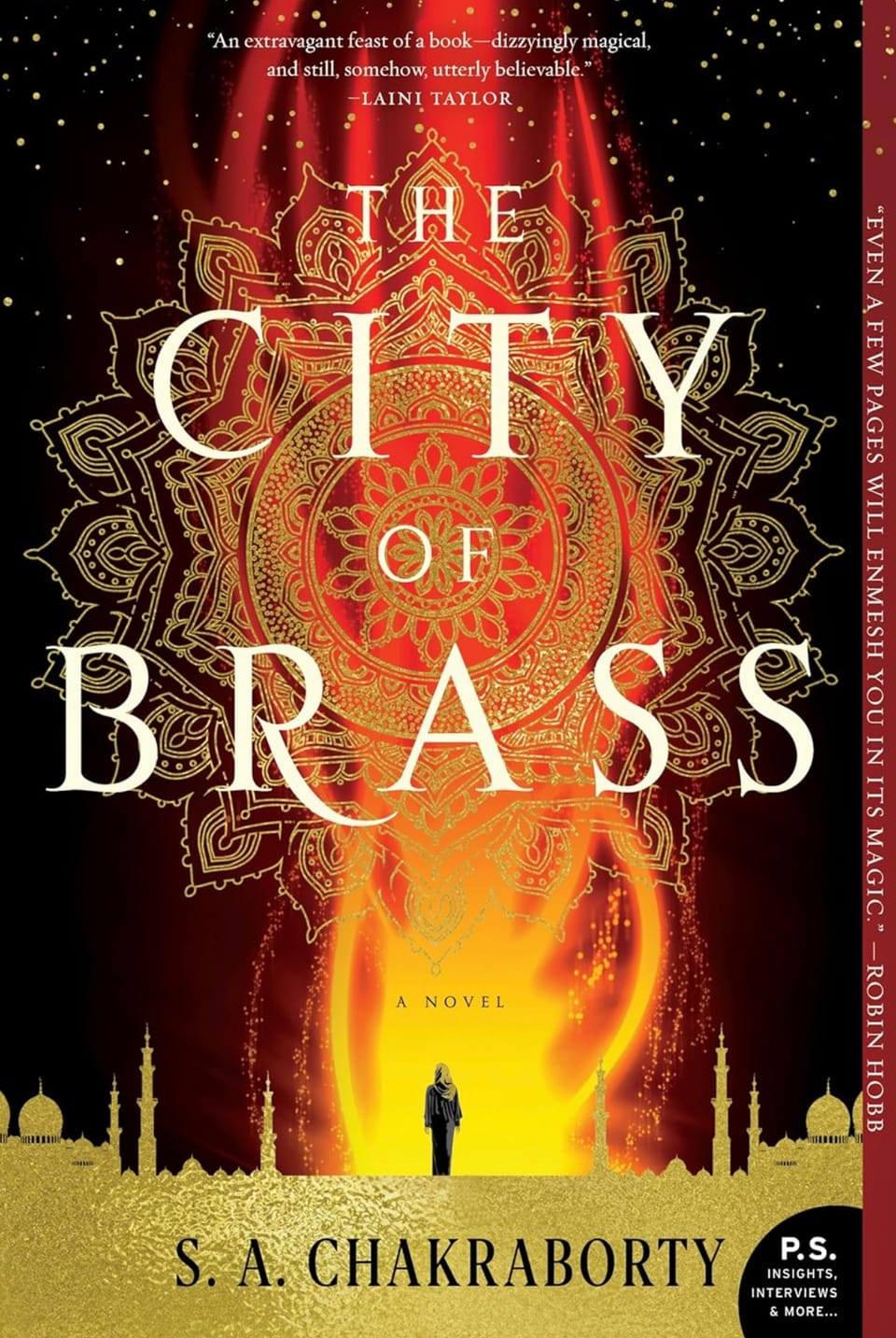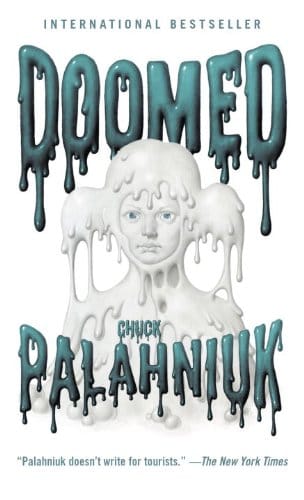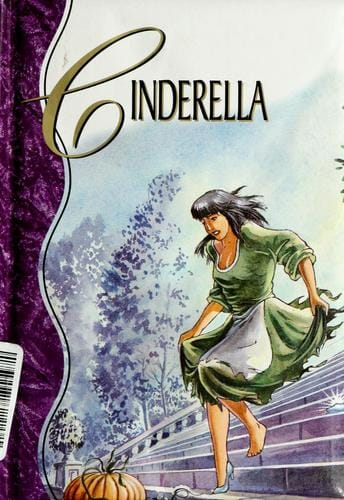Unlocking the Magic of the Fairy Tale: History, Elements, and Modern Relevance
Explore the history, enduring elements, and modern relevance of the fairy tale, plus tips to craft your own enchanting story.
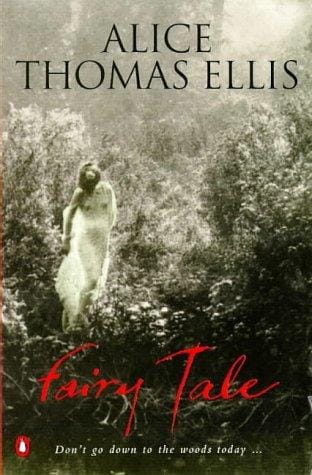
Introduction to Fairy Tales
Few literary forms cast a longer cultural shadow than the timeless fairy tale. From the moment we hear the words “Once upon a time,” we expect to be whisked into a realm where animals talk, forests breathe, and wishes alter destiny. Fairy tales are more than bedtime stories for children; they are cultural artifacts that preserve wisdom, cautionary lessons, and shared hopes. In a digital age dominated by rapid-fire media, understanding the enduring appeal of a well-told fairy tale helps us reconnect with our innate love for wonder and meaning.
Origins and History
The fairy tale’s roots stretch deep into the oral traditions of ancient societies. Long before the Brothers Grimm published their celebrated 1812 collection or Charles Perrault penned “Mother Goose Tales” in 1697, itinerant storytellers carried accounts of enchanted swans and clever peasants from village to village. The earliest recorded fairy tales date back to first-century Egyptian papyri and Sanskrit texts, where magical narratives were already used to transmit moral guidance. When printing technology spread through Europe in the 15th century, these folk stories found new life in chapbooks, eventually solidifying into the literary fairy tale genre we recognize today.
Common Elements and Motifs
Despite originating across diverse cultures, most fairy tales share a recognizable set of motifs that make them instantly familiar. A clear moral framework draws a line between virtue and vice, often personified by archetypal characters: the brave youngest son, the wicked stepmother, or the fairy godparent. Magical objects—glass slippers, enchanted mirrors, or spinning wheels—serve as plot catalysts. Settings oscillate between humble cottages and majestic castles, symbolizing spiritual journeys from ignorance to enlightenment. Repetition, such as tasks performed three times, reinforces key lessons while adding musical rhythm to oral performance. The triumph of good over evil remains the unifying thread, assuring listeners that perseverance and kindness prevail.
Modern Retellings and Adaptations
Contemporary culture has never been more enamored with reinventing the fairy tale. Disney’s global cinematic empire, Broadway’s “Into the Woods,” and bestselling novels like “Cinder” by Marissa Meyer reinterpret familiar plots for new audiences. Film directors transpose Snow White into dystopian futures, while streaming series amplify lesser-known figures, such as Baba Yaga, through darker lenses. Even advertising agencies exploit fairy-tale imagery to evoke nostalgia and instant brand recognition. These adaptations highlight the genre’s flexibility: by updating contexts and characters, creators address modern concerns—identity, social justice, mental health—without sacrificing the fundamental wonder of the original tales.
Why Fairy Tales Matter Today
In today’s complex world, fairy tales continue to serve crucial psychological and cultural functions. For children, they provide a safe sandbox to explore fears, meet challenges, and witness resilience, all within a framework of fantastical escapism. Adults rediscover these stories to process ethical dilemmas, critique societal structures, and reclaim a sense of optimism. Scholars such as Bruno Bettelheim argue that confronting symbolic monsters helps audiences navigate real-life anxieties. Meanwhile, educators use fairy tales to teach critical literacy and cross-cultural empathy, showing that Cinderella appears in Vietnamese, Nigerian, and Inuit folklore alike. By bridging generations and geographies, the genre fosters a shared moral vocabulary.
Tips for Writing Your Own Fairy Tale
If you are inspired to craft an original fairy tale, start by clarifying the core moral you wish to convey. Build archetypal characters, but add nuanced motivations to resonate with contemporary readers. Next, choose a setting that contrasts the ordinary and the magical—perhaps an urban rooftop garden guarding a hidden kingdom. Integrate a distinctive magical object tied to your protagonist’s growth, such as a compass that points toward inner truth. Employ rhythmic language and strategic repetition (“three wishes,” “seven gates”) to honor oral tradition. Finally, conclude with poetic justice: rewards for kindness, consequences for greed, and an uplifting restoration of balance that echoes long after the last page.
Conclusion
The fairy tale endures because it satisfies our deepest narrative cravings: clear moral stakes, imaginative escapism, and the possibility that courage can transform fate. Whether revisiting a beloved classic or penning a fresh adventure, we participate in an age-old dialogue about the human condition. By unlocking the magic of the fairy tale, we keep hope alive—and ensure that every “Once upon a time” can still lead to a new and inspiring “happily ever after.”
